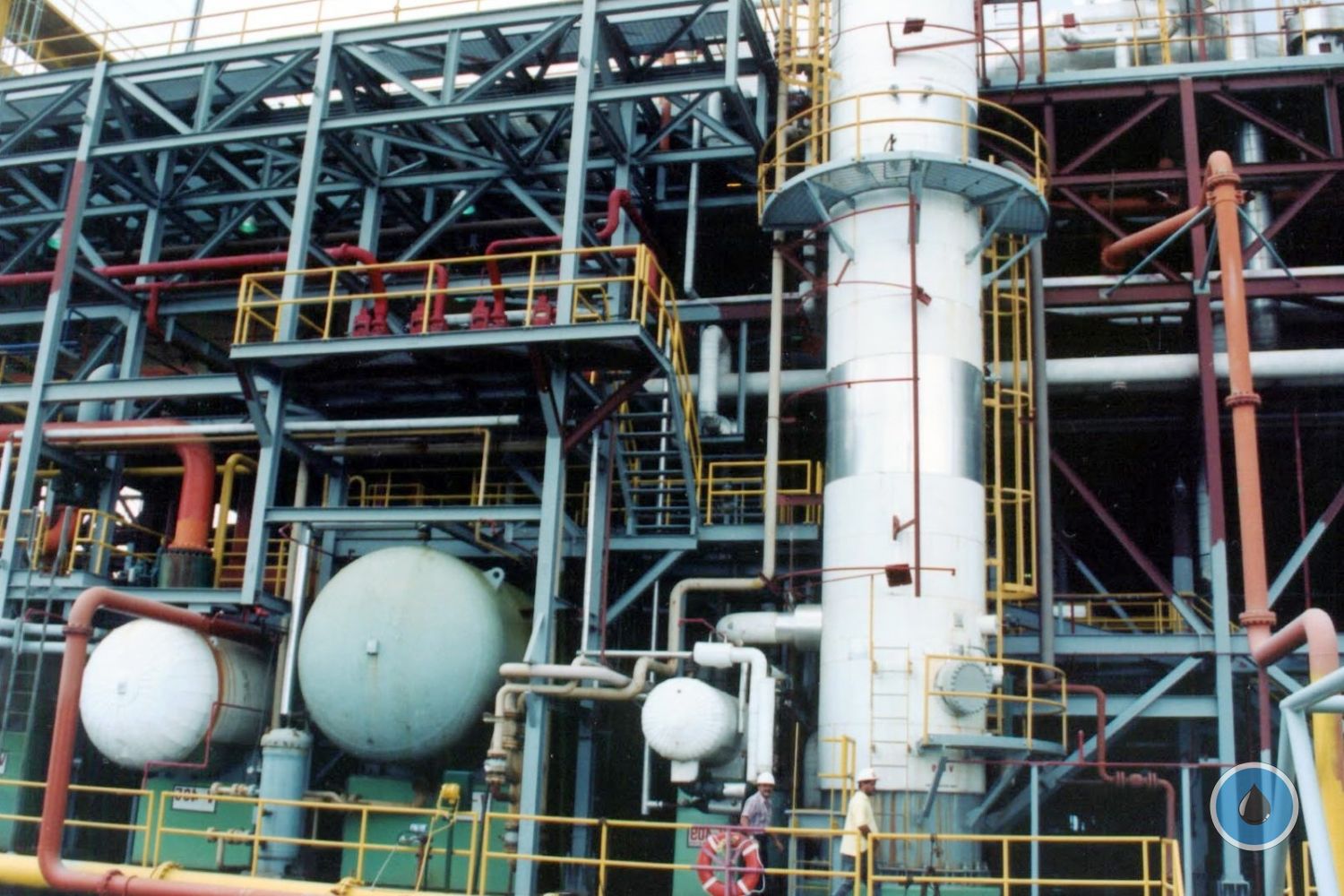Нефтегазовые новости

Teachings of the Experience
Thus, during pre-project work at the Select stage, it is recommended to perform HAZID (HAZard IDentification) reviews in addition to HAZOP. HAZID results must be considered while developing the Terms of Reference. The Company used to deliver HAZID trainings back in 2006-2007, and the Major Projects Division plans to resume this practice in 2010.
Certain features of the Russian legislation have also influenced HAZOP reviews: at the Define stage it is recommended to first perform HAZOP and only then submit the design documentation for state expert review. Sufficient time should be allowed for the project team to comply with the recommendations that require changes to be made to the design documentation.
Besides, at the Define stage a technical review and a master plan review of the project usually need to be performed. The technical review helps specify the details of the future project design and identify any potential contradictions between the customer’s requirements and the contractor’s conception early in the process, before detailed drawings are finalized and equipment is selected. This helps avoid any further changes and corrections that often cause additional costs for the customer and delay the project execution. Corporate guidelines for technical reviews are now being developed by the Major Project Management Capability Development and Pre-Project Assessment Dept., Technology.
In addition to HAZOP master plan of the project and the location of equipment and buildings for continuous residence of personnel at hazardous facilities need to be reviewed. This is due to the existing inconsistencies in the Russian legal framework with its collisions and gaps as well as the lack of a common approach on the part of contractors (design institutes) to the design of such facilities. Therefore, specialists from the Major Project and Engineering Auditing Dept., Technology, are developing “Guidelines for the Hazard Analysis of Emergency Explosions and Identification of Their Impact on Buildings for Continuous Residence of Personnel at TNK-BP Hazardous Facilities.” Once approved, the Guidelines will become a Corporate Standard and will be used, among other things, for hazardous facilities design.
At the next project stage, Execute, HAZOPs are aimed at ensuring safe operation of facilities. The key objective at this stage is to control the implementation of the recommendations issued during the previous review as well as identifying any changes made to the project during construction. Therefore, the best option is to evaluate risks prior to commissioning.
The HAZOP Working Group is currently developing criteria to identify the need to perform HAZOPs at certain facilities. For example, it is already clear that no safety reviews are required if the project is identical to ‘model’ projects that have already been executed in compliance with HAZOP recommendations. Model well clusters, water injection and booster pump stations may be examples of such projects. All there is to do is to track the implementation of HAZOP recommendations, and that requires much less resources (both material and human) than a full-scale review.
TNK-BP experience in performing HAZOPs shows that process and instrumental diagrams (P&ID) are optimal tools for these reviews. Even though design institutes do not always develop P&IDs (according to Russian legislation, they are not a required part of the project documentation package), all specialists note that they are particularly handy not only for HAZOP reviews, but for everyday process operations as well. Therefore, the Major Project Management Capability Development and Pre-Project Assessment Dept., Technology, made the decision to develop the P&ID Corporate Technical Standard in 2009 defining the requirements to design institutes with respect to the development of such diagrams.
It should be noted that the standard HAZOP procedure does not provide for the ranging of recommendations by risk. However, considering the way projects and project management operate in the Company, a dedicated meeting of the HAZOP Working Group is scheduled to identify high-risk and medium-risk recommendations. This discussion will help achieve appropriate objectivity in risk ranging.
Finally, Technology specialists that perform HAZOP reviews and track the implementation of the recommendations believe it necessary to agree the final reports with SPAs in each PU. This is not required either by GOST P51901.11 – 2006 or Company procedures, yet it will help improve the quality of risk assessment, on the one hand, and provide for the better understanding and prompt implementation of recommendations, on the other. The future will show if this initiative will prove effective.
Понравилась новость?
- Learnings from HAZOP Experience
- Япония начала добывать сланцевую нефть
- Young Specialists: Bringing Teamwork and Energy to TNK-BP
- Calculation of Capital Investments – Spending Our Money Wisely!
- Передовой опыт внедрения лучших стандартов безопасности
- Updates Popularly Accepted
- Safety under Control: TNK-BP Introduces In-Vehicle Monitoring Systems
- Системы энергоснабжения объектов нефтедобычи: снижение потенциальных рисков
- Russian oil companies have been increasingly interested in the gas business
- Corporate Exploration Database

